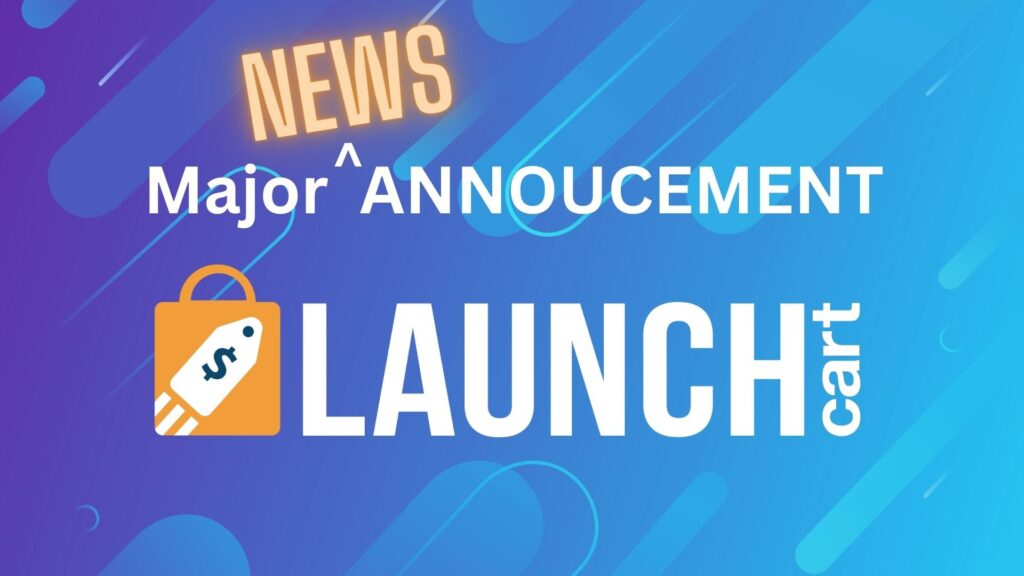An ecommerce business is more than just setting up a store and running it. To be successful in the long run you have to keep an eye on performance indicators. Customer Lifetime Value (CLV) is one of the most important indicators for measuring your store’s overall financial health and growth. It gives you a complete picture of your business performance and defines your business success.
Understanding Customer Lifetime Value (CLV)?
Customer lifetime value is an important performance metric that measures the total monetary value that a customer contributes to a company over the expected lifetime of the customer. It estimates the total revenue brought in by a single customer account. CLV can be considered as the sum of all business transactions like purchase and shipping cost etc. for a customer.
It’s an underrated performance metric that can help you understand how much your customers are actually worth. When you know the net profit you generate over the entire lifetime of a customer, which is the entire course of your relationship with a customer, you can see the true value they bring to your business.
Why is CLV important?
CLV helps you predict revenue more accurately. It provides you with the insight to identify important customer segments (customer segmentation) that generate more revenue and this helps you design the right strategy for customer acquisition and retention. This means that when you have the knowledge provided by CLV you get to do more than run your day to day business and not spend on customer acquisition blindly, you understand which customers matter more than others and deserve more attention from you.
Identifying the right customers
Another way to understand CLV is that it tells you the advantage of acquiring and keeping a customer. The underlying assumption here is that all customers are not of the same value to your business. According to Shopify the top 1% of ecommerce customers bring in 18 times greater value compared to the average customers.
The success of e-commerce businesses depends greatly on reaching the right customers. These are the customers who will actually help your brand grow and expand. The purchase patterns of your customers vary. Some will make small but frequent purchases, others might make occasional large purchases, and yet another might have different spending habits and patterns. It’s difficult to tell how much they will spend on their next purchase. This is where the CLV will assist.
Customer lifetime value can bring some clarity and predict how current and future customers are likely to behave. It makes it easy to assess how often your customers will bring in how much revenue.
Customer segmentation with RFM
Customer lifetime value is influenced not only by the customer’s purchasing patterns but also by the experiences and touchpoints created by you as a brand. Some of the key influencing factors can be categorized into recency, frequency, and monetary. RFM analysis is a technique of organizing customers from least to most valuable by considering the following.
• Recency: How recently a customer made a purchase.
Customers who have made a recent purchase are more active shoppers and more likely to make a repeat purchase than those who have not purchased in a while.
• Frequency: How frequently a customer makes purchases in a given time.
Customers who buy more frequently are more likely to continue buying than those who purchase rarely.
• Monetary Value: The amount of money spent by the customer in a given time.
Customers who make bigger purchases are more likely to spend in the future than those who spend less.
RFM segmentation helps you analyze and find CLV for each customer group separately.
What makes up CLV?
Customer lifetime value requires collecting data on the following.
• Average Order Value: This can be calculated by dividing your e-commerce store’s total revenue through a specified time period by the number of purchases in the same time period.
• Purchase Frequency: This can be calculated by dividing the number of purchases made in a specified time period by the total number of your unique customers.
• Customer Value: This is calculated by multiplying your average order value by the purchase frequency.
• Average customer lifespan: This calculates the average number of years in which a repeat customer purchases from your business.
Finally the Customer Lifetime Value is calculated by multiplying customer value by the average customer lifespan which gives you a glimpse of expected total profit from an average customer over the course of your relationship with them.
Of course this is a simplified method. There are many advanced tools and software to help you calculate your CLV. Customer behavior is not easily predictable and therefore often requires complex algorithms to account for the uncertainty. You can also use the Shopify free CLV calculator for this purpose.
Having calculated and understood this important metric, you’ll be empowered to make better, more informed decisions about your business to help it grow.












